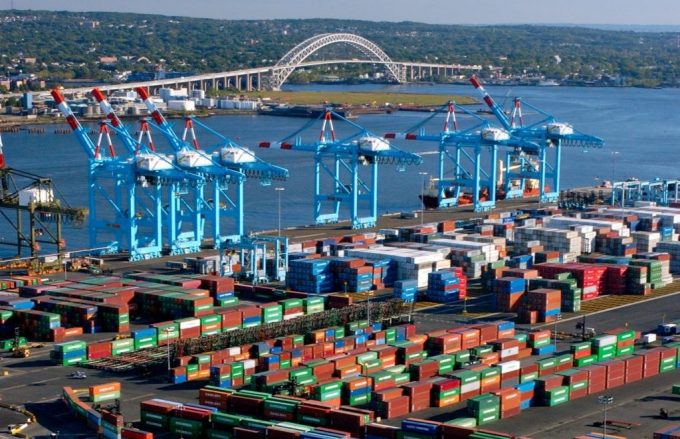Evergreen chief says transpac contract rates will rise in 2025
Evergreen is to raise its transpacific contract rates for 2025, announced president Wu Kuang Hui ...

The seven-week Covid lockdown in Shanghai, prompting carriers to blank a third of export sailings on the Asia-Europe and transpacific tradelanes, is creating a lull in May import volumes through US west coast ports.
Moreover, the coastal shift by shippers from the west coast to east ports appears to be gaining fresh momentum ahead of the expiry of the US west coast labour agreement on 1 July, despite some optimism from both unions and employers.
According to the latest statistics from the ...
Outlook for container shipping 'more uncertain now than at the onset of Covid'
Transpac container service closures mount
Shippers warned: don't under-value US exports to avoid tariffs – 'CBP will catch you'
Cancelled voyages take the sting out of spot rate declines this week
New Houthi warning to shipping as rebel group targets specific companies
K+N CEO unveils impact of US import tariffs on China-origin goods
Blanked sailings in response to falling demand 'just a stop-gap solution'
CMA CGM to reflag box ship as the French carrier eyes growing Indian market

Comment on this article